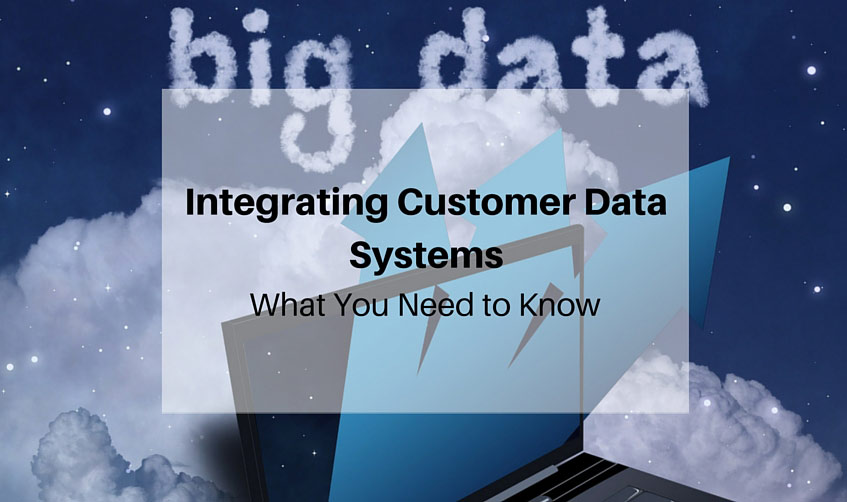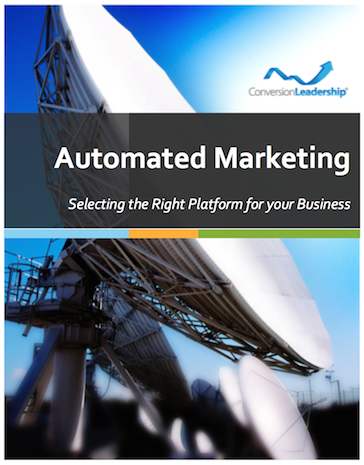3 Tips For Integrating Customer Data Systems

Making the most of your data:
What to do when integrating customer data systems
Customer data systems have become a valuable commodity. With so much software allowing so many customer activities to be tracked, it's unwise of any company to just throw customer data away.
However, not every company already has the systems in place to analyse data from multiple sources. When this is so, customer data systems integration has to be done.
Integrating customer data systems is not an easy thing. It involves moving chunks of data around, and just as with any business move, it also involves dealing with a lot of politics.
First of all, what systems are we talking about?
The options for customer data gathering are huge, but in general most people use:
- Enterprise Resource Planning (ERP) software, which tracks the way customers move through the system of transactions
- Customer Relationship Management (CRM) software, which tracks everything ERP software does but adds in marketing activities
- Marketing Automation (MA) software, which focusses on marketing activities, and
- Social Media software, which automates some social media functions*
(*Infusionsoft, can go a long way towards achieving all of the above and removes the need for integration.
Find out more about our range of Infusionsoft service.
Understanding what the systems you're dealing with involve is the first part of the struggle, and not an insignificant one.
Chances are that different teams will be using different software – for example the IT team uses ERP software while the marketing team uses MA software – and so it's important to make sure that everyone is talking about the same thing.
Move slowly
One of the basic commandments of changing computer systems in any way is 'move slowly.'
Often this proves to be difficult due to outside pressures, but it's important nonetheless. Moving too quickly while attempting to integrate data gathering systems could mean months of lost data, which won't make anyone happy.
Know why you're doing it
Another important thing for customer data integration is to know exactly what outcome you're looking for. If it's to see more clearly how marketing activity leads to a sale, then you're going to need to make each customer's pathway through the data very clear.
If it's to increase hot leads for the sales team, then the way customers interact with the company in the first part of the sales process is the important point.
A common goal is to see return on investment for various departments. In this case, the ability to measure customer engagement at each part of the customer lifecycle is the important part.
Overestimate budgets and deadlines
While moving slowly through an integration project is an ideal, sometimes it's not even a choice.
Each existing system needs to be understood before migration to the new one can happen – and that's after you understand how the new system will work.
Documentation for these kinds of systems is often not as clear as it could be. By overestimating the budget everyone is happy when the project comes in under and you won't miss your deadline (which can cause chaos).
Overall, remember that a data integration project is a major one, with repercussions across the company. There is a reason for taking time and for getting the right help.

